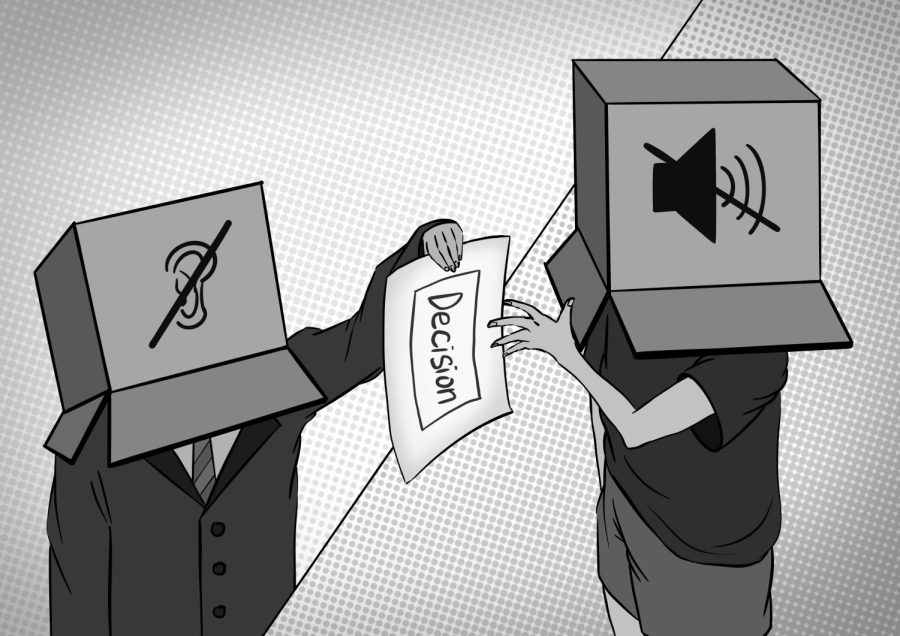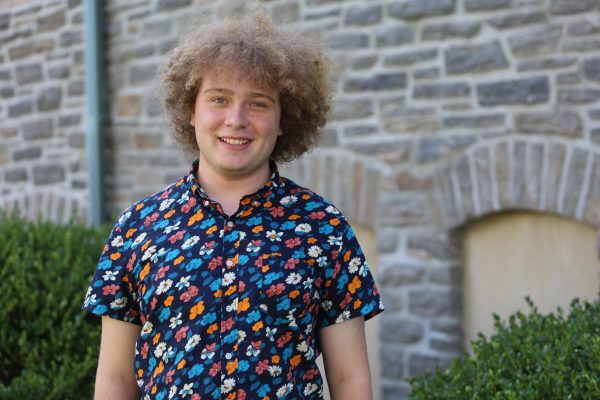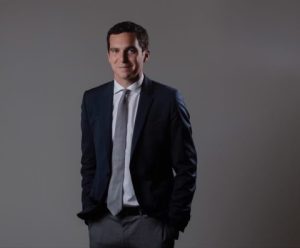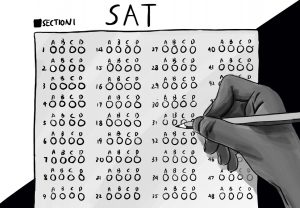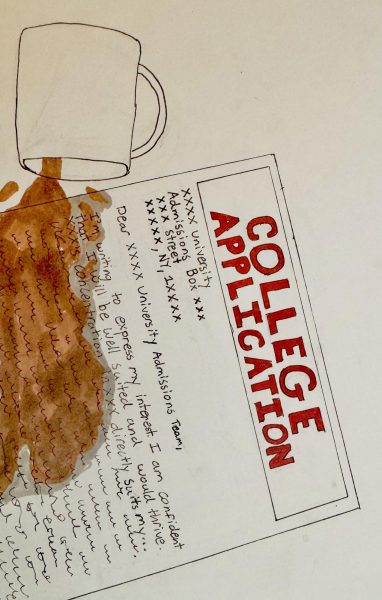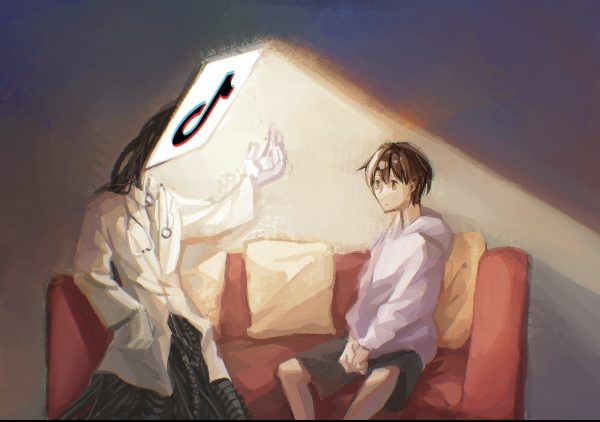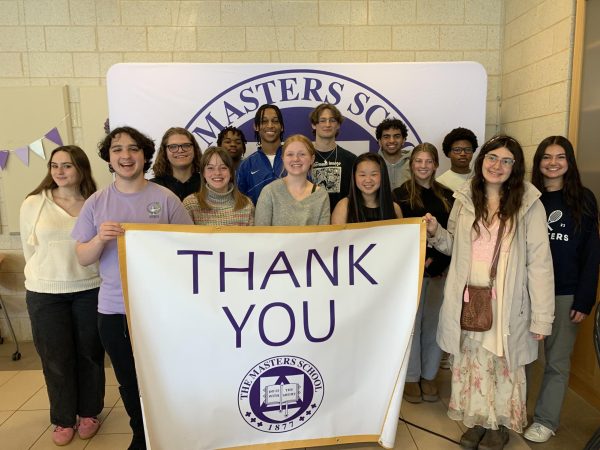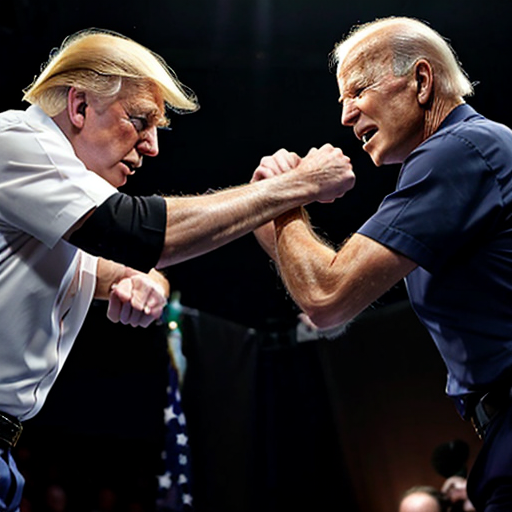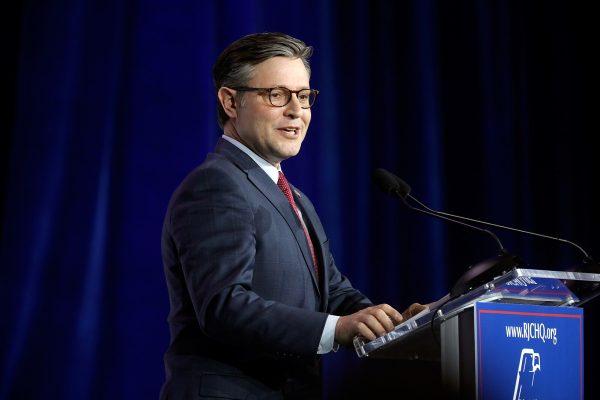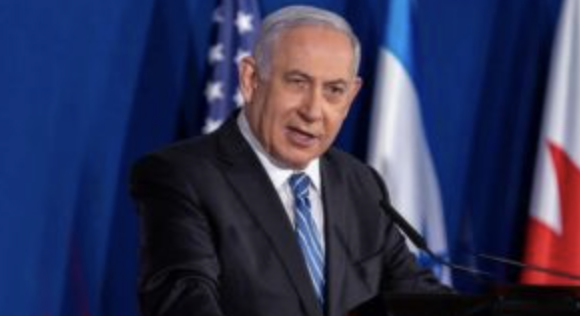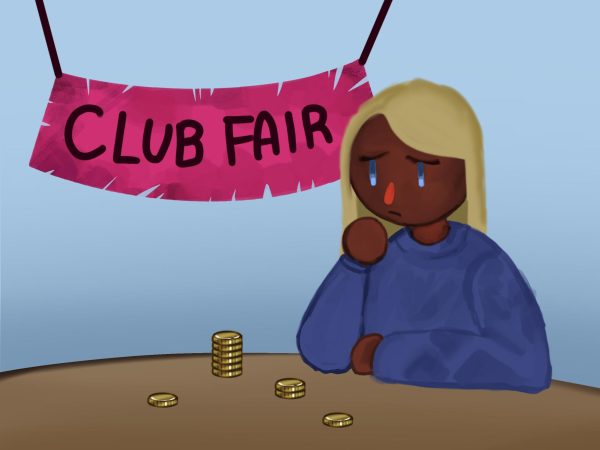A Crisis Communication Divide At Masters Creates Confusion
Oliver Kreeger lack of communication between students and administration has created confusion.
November 4, 2022
In a school of over 600 people, communicating during tense situations is always going to be difficult. For instance, in the past yearIn the past year, for instance, Masters as a community has grappled with two unprecedented situations: in December of 2021, panic spread for a day as talk of a student bringing a weapon to school spiraled out of control, and recently, in September 2022, as @sexualassaultatmastersa “Sexual Assault At Masters” Instagram account shared anonymous stories of sexual misconduct by student victims. In both cases, some students perceived the administration as doing little to nothing in the immediate aftermath. While administrative actions have in retrospect proved to be well-managed and well-meaning, during the heat of the moment, because the school administration often cannot share specific information, the perception among students can be that little was done by the administration.
“My first thought was confusion,” said Serena Sharma, ‘25, recalling the panic over rumors of a student’s threat to bring a weapon to school in mid-December 2021. “There wasn’t much information going around, so I heard most of the information I got from rumors, they were all over the place…one person said a punch was thrown, one person said that the person who did it threatened to shoot up the school, they said that he had a gun on him – there were all kinds of rumors going around, so my first thought was confusion and wondering what was the true story that happened,” Sharma said.
Eden Leach, ‘23, had a similar experience and recollection. “What I found was that they weren’t really communicating very well with the parents, they were omitting very important details,” Leach said, “I told my father about it, and later that evening he received one or two emails that mentioned an incident, but barely mentioned at all the then-potential shooting threat.”
Sharma, who heads the Masters Domestic Violence Awareness Club, also recalls the perceived lack of clarity as revelations about sexual misconduct emerged on social media this September. “About Sexual Assault At Masters…I hadn’t really gotten that information, but I wish I had. I wish maybe there was a more clear saying that ‘this is a thing’, because I think that was something that was not communicated.” The Dean of Students and the Head of School did address the entire Upper School twice in the days after the Sexual Assault at Masters account was created, as well as sending emails about the account to the entire school community.
Sharma said, “For the alleged gun threat, what happened is that there wasn’t a lot of communication, and there were rumors flying everywhere, and I think what needed to happen was for someone to say, at the beginning, what information they had about the event.”
The day of the rumored weapon threat incident – it did turn out there was no such threat to bring in a gun – Head of School Laura Danforth said this in an email to families: “Earlier today, several upper school students were involved in a confrontation regarding a series of inappropriate social media posts, to which the School was recently alerted and which we are investigating. Following the confrontation, which took place in the Fonseca Center, one of the students involved in the confrontation made a troubling remark. While the remark did not threaten any specific physical act, or make any mention of weapons, we took it seriously and will continue to do so.”
Peter Newcomb, the head of the Upper School, offers insight into how the administration handles situations where lots of students are searching for answers. A key issue during crises is that, according to Newcomb, students can be told “very little” during the event and immediately afterward. “We make sure we’re respecting the privacy of those involved, and communicating where we think it’s appropriate, but in some of these instances, be it sexual assault or drug and alcohol use, by and large these are handled without engaging the entire community, but there are times where we feel it’s in the best interest of the school to have some specifics,” Newcomb said. Newcomb does feel that a communication divide is inherent between administration and students in these situations, mainly through the sources of information people seek – official school communications (or lack thereof) versus social media. When there is no school communication, Newcomb encourages students to not immediately seek out a full answer. “You can certainly inquire, but when we don’t share information it’s intentional. I understand the desire to know, but it’s not peoples’ prerogative to know about individual disciplinary cases.”



